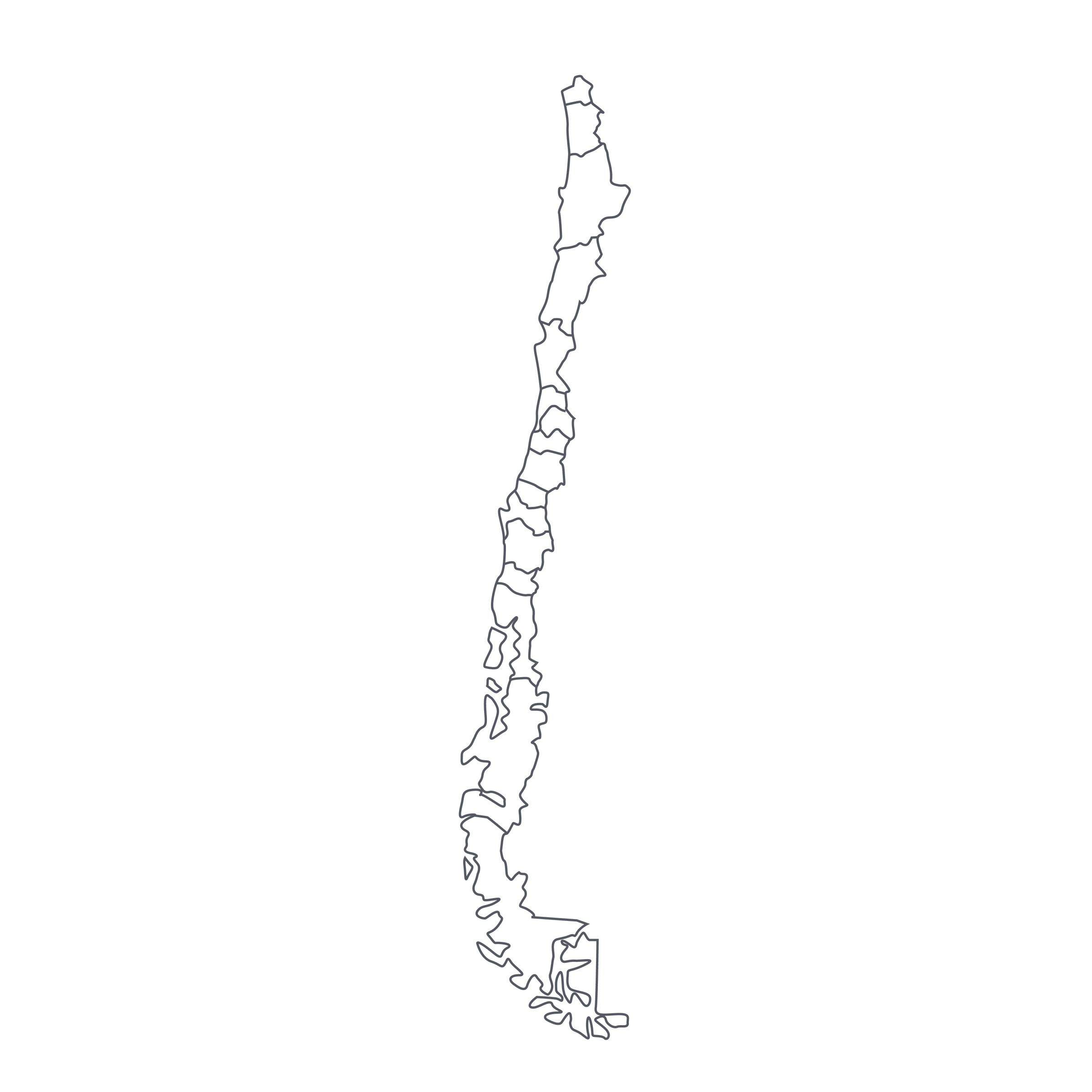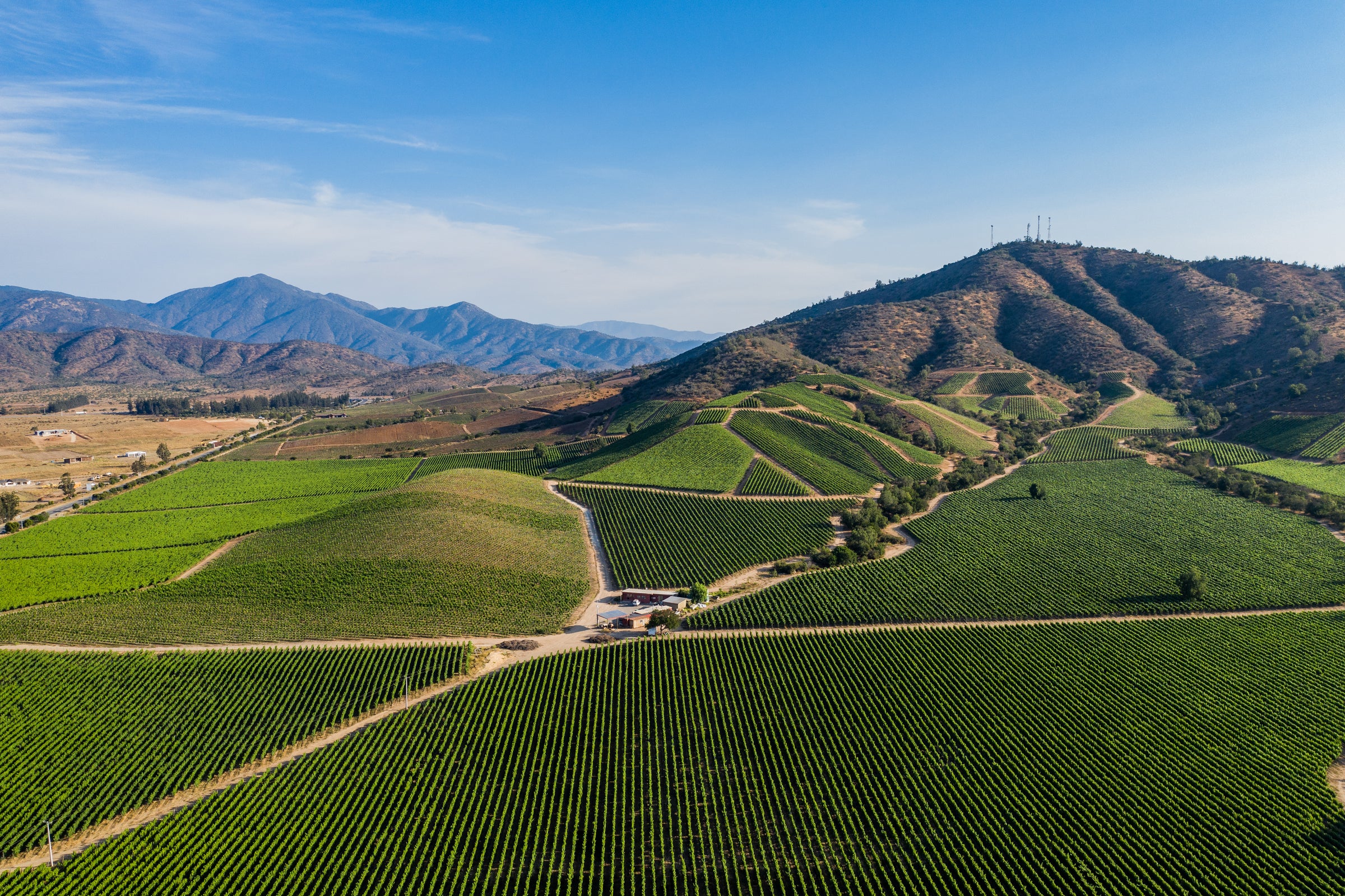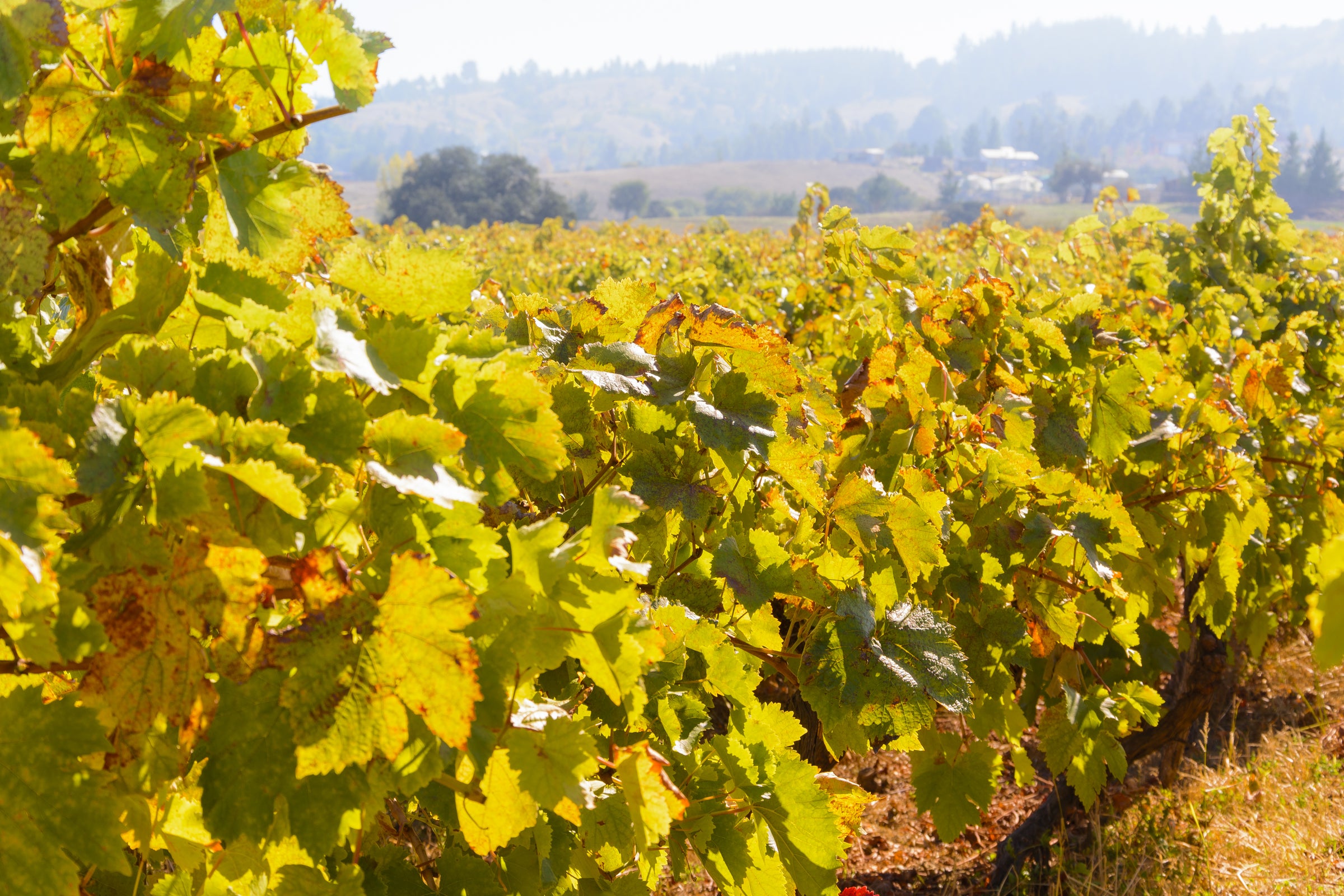You’ve heard of “roots” music? This is “roots wine”—delicious, affordable, and with an epic tale to tell. I’d liken today’s País from the Garage Wine Co. to seeing a legendary blues or jazz musician in a small club: The disconnect between the significance of the artist and the modesty of the setting makes the experience that much more special. Among sommeliers, the buzz around Chile’s País grape grows ever louder, as producers revive heritage vineyards that speak to Chile’s earliest wine history.
One example is Garage Wine Company, which indeed originated in the garage of Pilar Miranda and Derek Mossman, a winegrowing couple dedicated to old vineyards in marginalized Chilean communities. They produce wine from parcels in small lots, from dry-farmed plots of Carignan, Garnacha, Monastrell, Cinsault, Cabernet Franc, and yes, País, grown by small farmers in the Maule and Itata Valleys of Central/Southern Chile. We are barely a month into 2021, but it’ll be hard to top the fun factor of “215 BC,” which refers to the hundreds of years (215 by their count) that País preceded Cabernet Sauvignon and the other Bordeaux varieties in Chile. Today’s 2019 comes from century-old País vines but brims with youthful vigor and bright, red-fruited deliciousness. Talk about wine appreciation: I sincerely appreciate how much wine this is at this price!
Most of the vineyards in the Garage Wine portfolio are on the Coastal Range of mountains closer to the Pacific. These sites are older, cooler, and deeply rooted in granite-rich soils. However, the small farmers of these parcels were forced to accept prices, often fixed illegally by agro-giants, far below their costs. Among these vineyards were largely unwanted and nearly forgotten plantings of País, most of them with bush vines exceeding 100 years of age. Pilar and Derek created their “single-ferment” series as a dignified means of getting more of their small growers’ wonderful País fruit made into wine for export. This bracing and floral 2019, reminiscent of more red-fruited styles of Cru Beaujolais, is the kind of wine every forward-thinking wine bar wants on their list right now—a vin de soif (“wine for thirst”) of the highest order!
País most likely originated in Castilla-La Mancha, Spain, where it was known as Listán Prieto. It disappeared via phylloxera from the mainland but a small amount still exists today on the Canary Islands. Sixteenth-century Spanish missionaries brought it to all parts of colonized Latin America and it remained the dominant grape until the late 1900s, falling out of fashion once Chile adopted French varieties and techniques instead. However, this was mainly among the rich industrial landowners who could afford to go Europe and taste French wines. País (known as Mission in North America) never ceased to be the grape of the country folk, whose beloved pipeño (everyday wine) came from these old, untrained, bush vines. País, the word, translates to “country” in Chile. Embedded in the name of today’s wine is an homage to the viticultural history of País. The “215 BC” refers to the span of years between the first documented bodega making País in Portezuelo in 1548 and the year Cabernet Sauvignon was first recorded near Bordeaux—1763. Thus, Chilean País 215 years before Cabernet!
Pilar and Derek source their País from three vineyard sites from the “Secano Interior” near Cauquenes. Secano Interior is a special DO (denomination of origin) for traditional wines made from either País or Cinsault in any of four valley districts: Curicó, Maule, Itata, and Bio Bio. The “Interior” refers to the land between the two mountain ranges in Chile—the Andes to the east and the Coastal Range to the west. The grapes must come from dry-farmed (non-irrigated) sites located in classified, rain-fed sub-zones. All three Garage sites here contain 150+-year-old, bush-trained País vines planted in rich granite soils, farmed by hand and horse. Today’s wine contains hand-harvested fruit from several lots, fermented together as the grapes arrived on three different days, creating one continuous ferment. All fermentations were natural and occurred in large, open-top tanks made from recycled sheet metal. The “cap” of grape solids was “punched down” by hand into the juice to extract flavor and texture. The wine was pressed manually prior to finishing all fermentation in large, older barrels for one year. It’s bottled in all recycled glass without fining or filtration.
The results? A spicy, lively red that begs a “splash” decant and benefits greatly with a quick chill to get it to 55 degrees. To the eye, it’s a bright, clear garnet that runs pinkish to the rim on a silky medium-light body. Bouncy aromas of tart raspberry, cherry liqueur, Asian spice, and a sweeping note of cedar jump from the glass. Red fruits dominate the mid-palate with a circling savory note, a dash of dark balsamic. It has a lively texture, with lots of mouth-watering freshness and ultra-fine, barely-there tannins buffed to a slight tickle. It finishes with a give-me-more twinge of acidity, reminiscent of the build and feel of “raised in granite” Cru Beaujolais. There’s an underlying, vibrating soul to this wine that speaks to its regenerative viticulture. As Derek says: “It’s not about finding a nice old man to support, but rather rolling your sleeves up and working elbow to elbow. The flavor is in the farming.” Rustle up some empanadas and grab a bundle of this affordable, time-traveling beauty and feed your new-age soul. Cheers!




